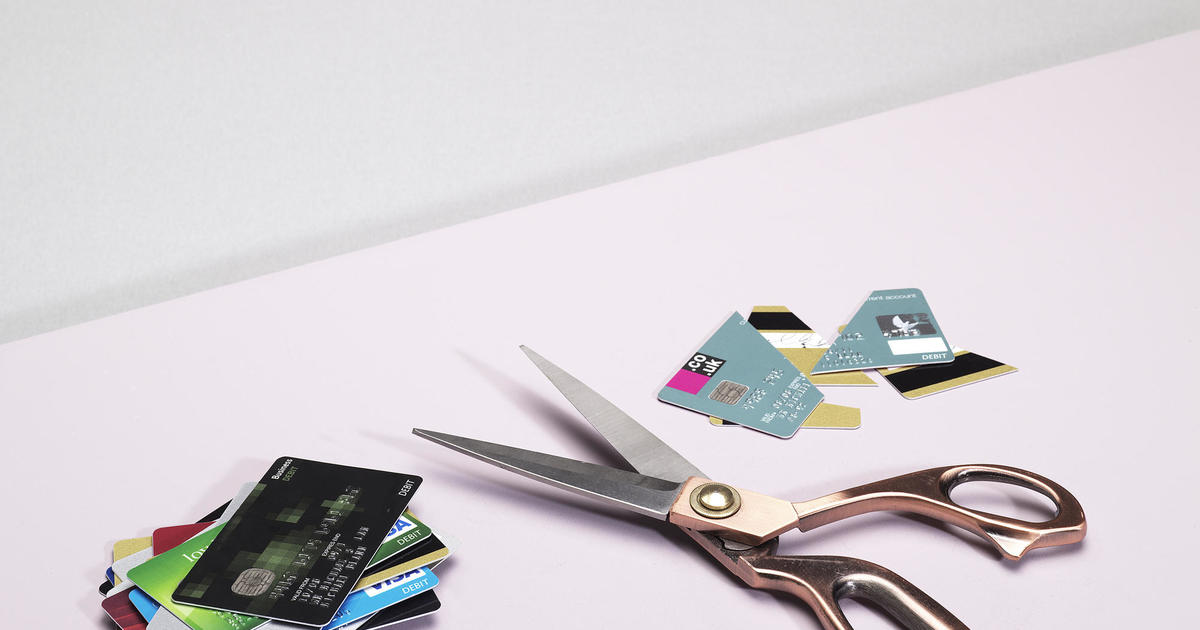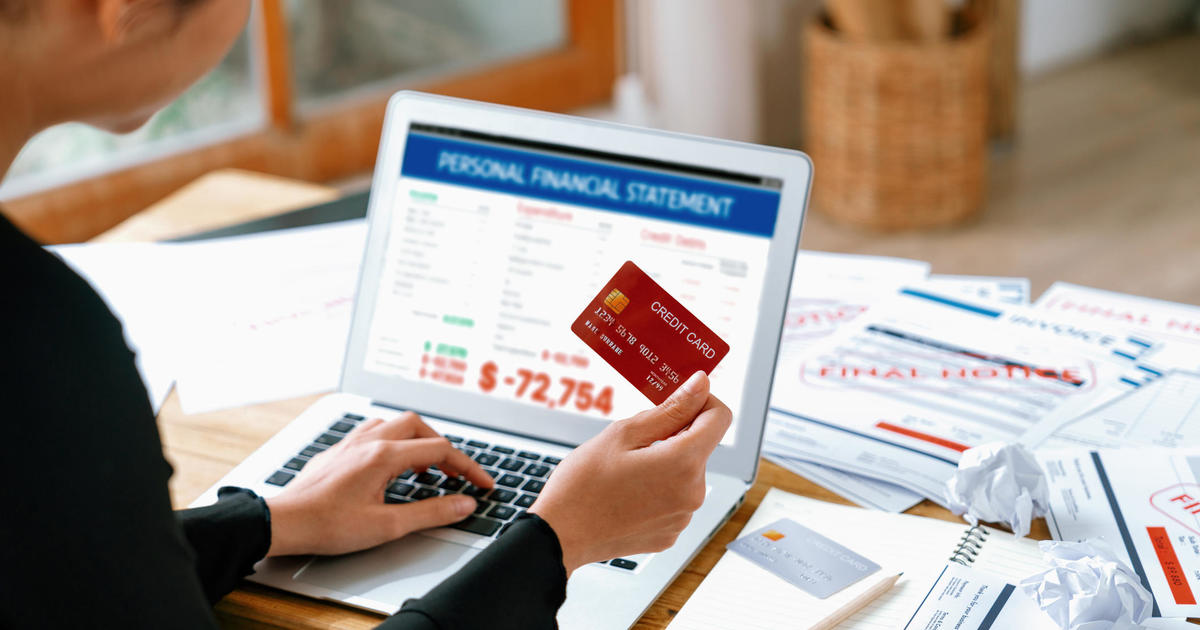How to eliminate credit card debt in five steps
Are you struggling to pay off your credit card debt? You're not alone. Credit card debt is commonplace in the United States and many people that have it struggle to get rid of it.
"Of all types of debt, credit cards charge some of the highest interest rates so they are among the most expensive," Noah Damsky, CFA and Principal of Marina Wealth Advisors, says. "With credit card interest rates often in excess of 20%, the outstanding balance can compound quickly and spiral out of control over just a couple years."
Nonetheless, it's important to pay off your credit cards as quickly as possible. But what can you do if you have mounting credit card debt that you need to pay off?
Finally get the debt relief you deserve today.
How to eliminate credit card debt in 5 steps
Credit card debt can quickly become a burden. So, it's no surprise that you want to eliminate yours as quickly as possible. Follow these steps to get rid of your credit card debt:
Step 1: Assess your debt
Start by getting a detailed understanding of your debt. The best way to do so is to build a spreadsheet that includes all of your credit card accounts. Make sure to list the following information:
- The lender
- The balance
- The interest rate
- The minimum payment
- The due date
- How you pay
Once you have your spreadsheet, sort it from highest interest to lowest to determine which debts you should focus on first.
Alleviate the stress of debt and enjoy financial freedom now.
Step 2: Assess your budget
Determine how much money you can comfortably pay towards your credit card debt each month. Start by adding all of your minimum payments together.
Look into your budget and determine if you have money available in excess of your total minimum payment. If so, how much can you afford to pay toward your credit cards each month?
Step 3: Reduce your interest rates
Next, it's time to focus on reducing your interest. After all, credit cards come with high rates — but there are two ways to potentially reduce them:
- Balance transfer credit cards: Balance transfer credit cards often offer 0% interest rates for a promotional period. This is the "one time credit card debt might be OK over the short-term" says Damsky. Consider applying for zero-interest balance transfer credit cards to pay off your current high-interest balances.
- Negotiate: You can also call your credit card company and ask for a lower rate. Sometimes, all it takes is a request and a review. If you're experiencing financial hardship and having difficulty paying your debts, let the representative know. You may qualify for a financial hardship program with little-to-no interest.
Step 4: Create an effective payment plan
Next, it's time to create an effective payment plan. The best plans are simple. Follow these steps:
- Commit to your payment amount: Do you remember the number you came up with for the total amount of money you can comfortably afford to pay each month? It's important to commit to paying that amount no matter how low your minimum payments fall.
- Make mostly minimum payments: You'll want to make minimum payments to all of your lenders with the exception of the one with the highest interest rate.
- Pay off your highest interest rate debt quickly: Put the excess funds toward paying off the card with the highest interest rate. This will help you pay off your debt on that card quickly and reduce the total amount of interest you owe.
- Rinse and repeat: Once you pay off that card, focus your efforts on the card with the second-highest interest rate. Continue doing this until all of your debts are gone.
Step 5: Get professional help
If you've reached the point where a solid payment plan and strong will simply aren't enough, you've got options — even if your debt has been sent to collections. Reach out to a professional for help. Professional debt relief typically consists of one of three programs:
- Debt consolidation loans: Debt consolidation loans can reduce your overall interest while consolidating multiple payments into one. These loans often come with fixed payments spread over several years — which could result in a significantly lower overall payment.
- Debt consolidation program: With debt consolidation programs, experts negotiate interest rates with your lenders on your behalf. You make one payment to the program and the program dispurses the payments across your lenders.
- Debt settlement: Debt settlement experts negotiate the amount you owe with credit card companies. These programs not only cut into the interest you're paying, but they also reduce your balance.
The bottom line
Credit card debt is a sensitive topic for many — but you don't have to live in a constant state of stress because of it. Follow the steps above to eliminate your debt and remember: if all else fails, there's no shame in taking part in a debt-help program.





